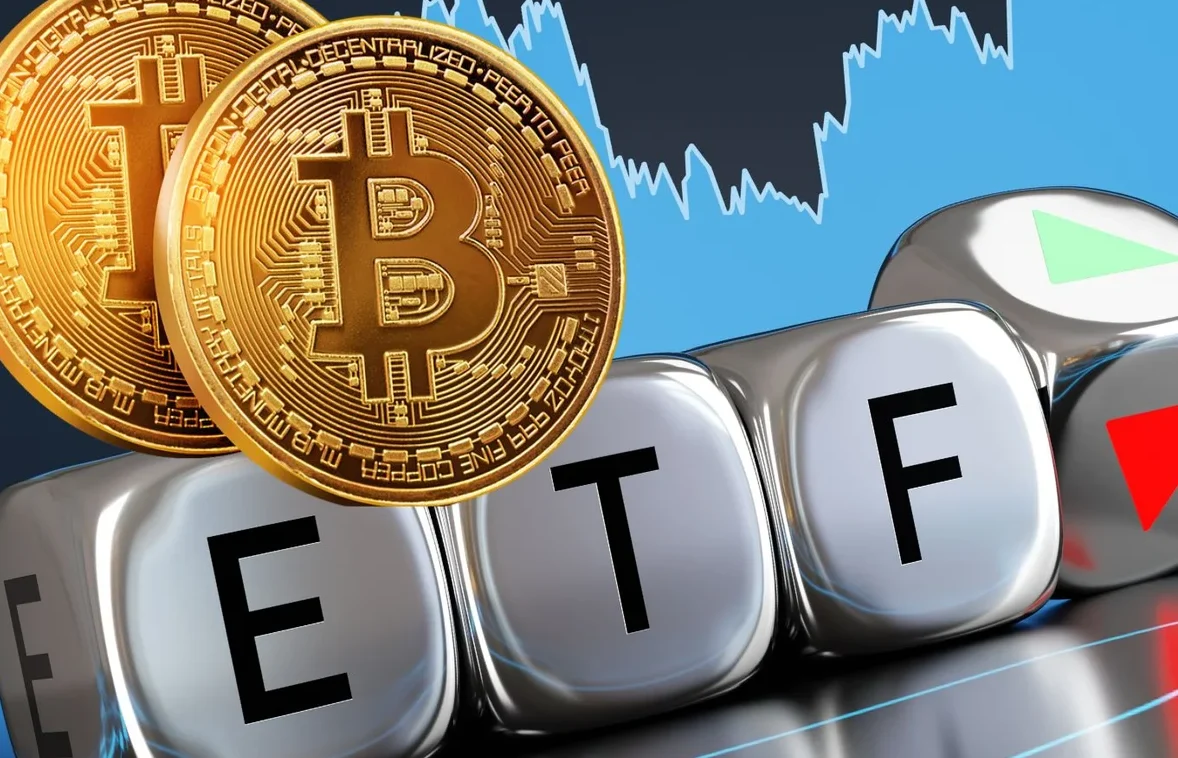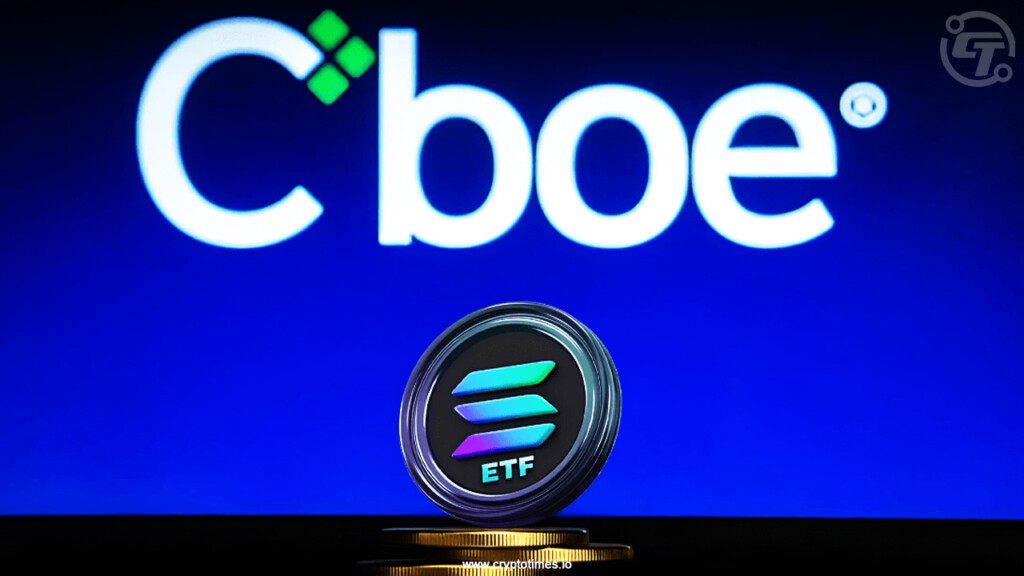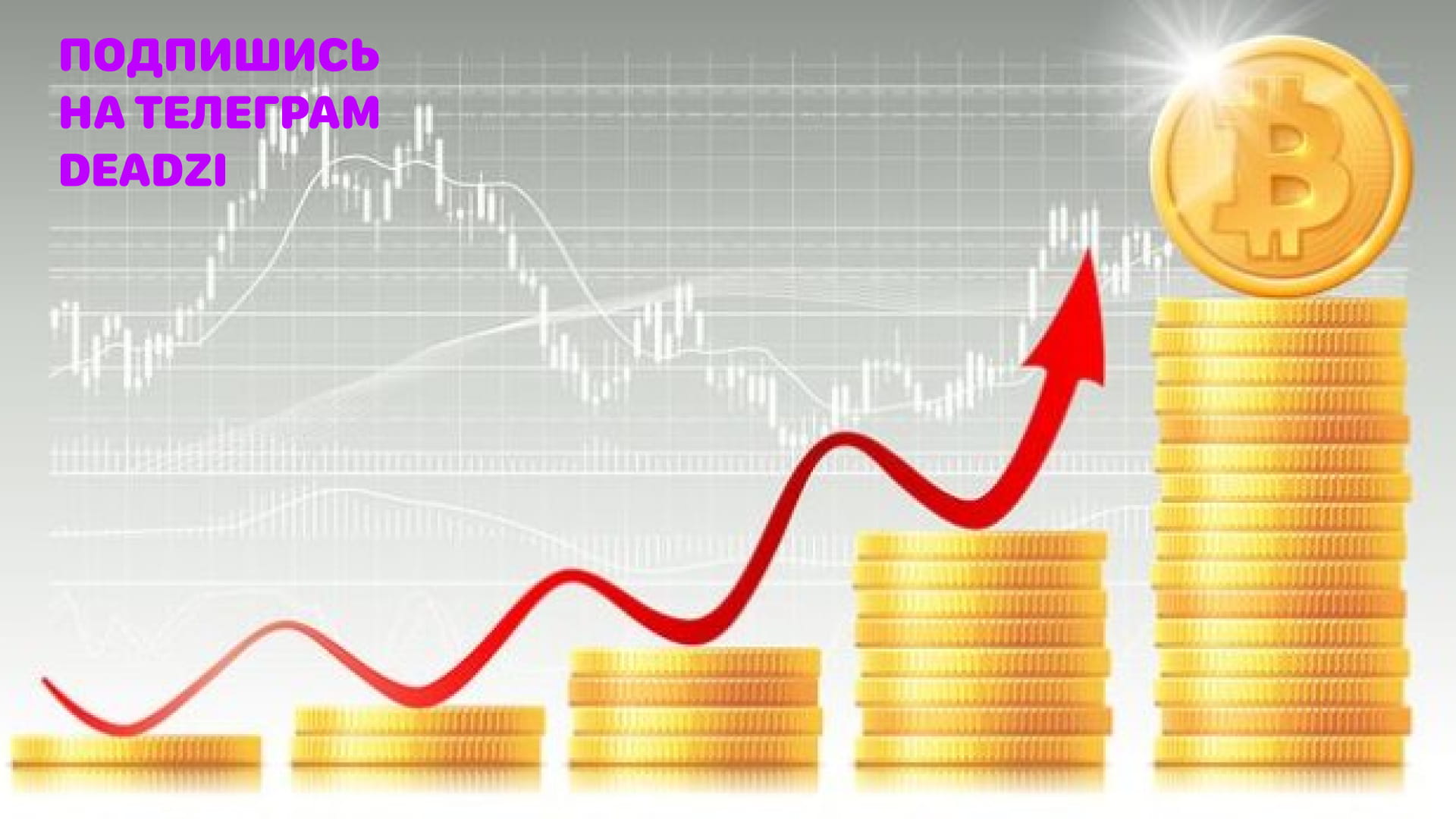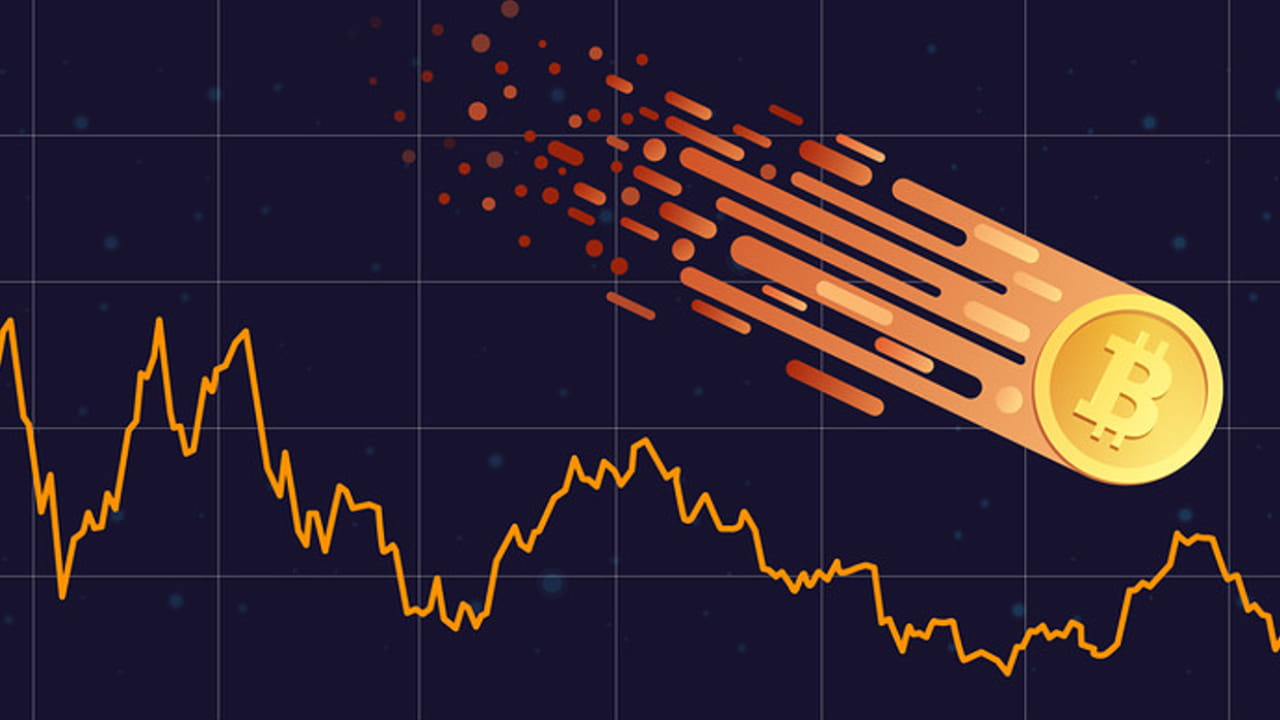
Bitcoin Price Surge Market Dynamics and Institutional Influence
Bitcoin price surged hitting a historic threshold on May 7, 2025, when its price jumped to $96,351, signifying a significant comeback and inspiring fresh hope in the bitcoin industry. Notwithstanding this notable price increase, a combination of negative ETF flows and a widening premium in Deribit futures created a complicated background, implying that the Cryptocurrency Market is negotiating both positive momentum and underlying dangers.
Bitcoin Price Surge Factors
After a period of relative volatility in late April, when Bitcoin dropped below $90,000, the currency’s ascent to about $96,351 followed. With Bitcoin able to reclaim notable ground against a challenging macroeconomic backdrop, this dramatic increase clearly indicated rebuilt market confidence. As big-scale traders and businesses refocused on the flagship cryptocurrency, a significant factor behind this price rebound seemed to be a comeback in institutional investment.

Apart from institutional buying, retail investors have shown more interest, driven by the latest positive global financial market changes. Bitcoin’s attraction as a digital hedging asset is driven by high inflation rates, political unrest in some areas, and the growing need for a value store outside conventional banking systems. As the market absorbed news of multiple positive events, including continuous regulatory talks favouring cryptocurrencies in important markets like the U.S. and Europe, this increase in Bitcoin’s price arrived.
Bitcoin ETF Withdrawals
Although the price of Bitcoin was skyrocketing, the Bitcoin ETF market showed a clear trend that one may consider a warning flag. With almost $500 million taken from U.S. spot Bitcoin ETFS, these funds underwent notable withdrawals on May 1. The most significant withdrawals came from well-known ETFS, such as BlackRock’s IBIT and Fidelity’s FBTC. This has generated questions about investor mood, especially concerning institutional investors’ readiness to make Bitcoin investments using conventional financial instruments like ETFS.
The declining premium of CME-listed Bitcoin futures, which displayed indications of weakening, could be one of the elements causing this change in behaviour. The cash-and-carry arbitrage technique loses profitability when the futures premiums decline. In other words, investors missed chances to capitalise on arbitrage, which would help explain the unexpected departure from the ETFS. The general Bitcoin price stayed relatively constant and soared despite negative ETF flows, suggesting a more complicated story on the market.
Deribit Futures Premium
The growing premium in Deribit’s futures is another critical development attracting market observers’ attention. Reflecting a good medium-term positive view for Bitcoin, contracts for future delivery in March, June, and September 2025 are all trading over the $100,000 mark. Such a futures premium, however, can indicate that the market might be unduly bullish and be preparing itself for a possible correction. BTheraised futures premium suggests that expectations are strong, so any market disappointment or negative news could cause a quick reversal even as traders are counting on more price rises.
The premium shows that traders are sure about the long-term possibilities of Bitcoin, but also implies that speculative activity drives the present price to some extent. Should Bitcoin fall short of the great expectations in the following months, these futures contracts could lose appeal and set off a price adjustment. Therefore, even if the premium reflects a vote of confidence in the future of Bitcoin, it also increases the possibility of a more major pullback in the not-too-distant future should the market’s optimism prove unfounded.
Bitcoin Institutional Influence
A significant determinant of Bitcoin’s price dynamics is institutional activity. Apart from the ETF patterns, businesses such as MicroStrategy and Tesla, which show large quantities of Bitcoin on their balance sheets, nevertheless shape the market mood. For instance, MicroStrategy’s stock price has increased directly with changes in Bitcoin value. This phenomenon shows how closely conventional financial markets combine with the growing digital asset universe.

Furthermore, Michael Saylor, the CEO of MicroStrategy, has kept pushing for Bitcoin as a corporate treasury asset, motivating other businesses tto follow suit The long-term value proposition of Bitcoin could be enhanced if more big companies had it on their balance sheets since it could be viewed as a valid asset class more and more. These corporate interests, however, also render Bitcoin more vulnerable to significant sell-offs; any negative movement might set off turbulence in the stock and Crypto Markets.
Final thoughts
Driven by institutional buying, retail interest, and the general conviction of Bitcoin as a hedge against economic uncertainty, the price climb of the cryptocurrency to $96,351 on May 7, 202,5, highlights the ongoing great demand for it. Still, this gathering coincides with specific alarming indicators, including notable ETF outflows and a growing premium in the Deribit futures market. These elements imply that the market is not without risks, even if the short-term view may be optimistic. Investors have to be wary since too much speculation and hefty premiums can create conditions for a possible market drop.
Monitoring the internal dynamics of digital asset markets and the general macroeconomic situation will become vital as the bitcoin market develops. Should these developing hazards materialise, Bitcoin’s price might keep rising in the following months or suffer. The changing interaction between conventional financial markets and cryptocurrencies will also be crucial in determining Bitcoin’s price movement in the future.







